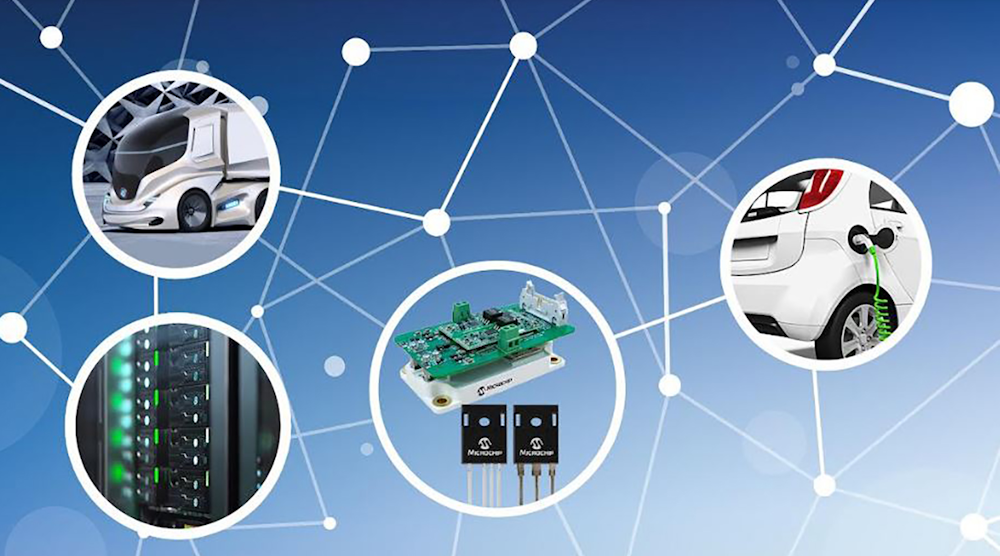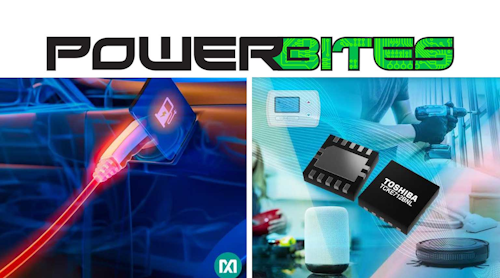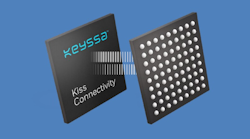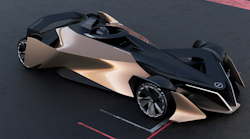What you'll learn:
- What advantages do SiC power modules offer versus silicon IGBTs?
- A gate-driver family that helps make the switch to these SiC modules.
The introduction ofMicrochip Technologies'1,700-V silicon-carbide MOSFET die, discrete and power modulesappears to be one of the first significant challenges to silicon IGBTs' near-lock on applications that involve extremely high voltages and currents. Until this year, the IGBT's mature technology, high current capacities, and robust characteristics have made them indispensable in applications such as commercial vehicle propulsion, super-fast EV chargers, and utility-scale renewable power systems.
Microchip’s 1,700-V devices, however, offer much lower switching losses than IGBTs. This is due to their extremely low on-resistance and junction capacitance, enabling them to switch at much higher frequencies.
In addition to much greater efficiency, the SiC MOSFETs' higher switching frequency shrinks the size and cost of the converter circuit's transformer. In turn, the compact, high-frequency magnetics make it possible to create smaller, lighter, power-conversion units that cost less and free up space for charging stations, electric trucks, buses, and other battery-powered commercial vehicles.
Other advantages of the new silicon-carbide product family include:
- Improved gate-oxide stability that stabilizes the MOSFETs' threshold voltage. Extended tests indicate the devices experience no significant drift, even after 100,000 pulses in repetitive unclamped inductive switching (R-UIS) cycles.
- The R-UIS tests also showed excellent avalanche ruggedness and parametric stability along with gate-oxide stability, an indicator of reliable operation over the life of the system.
- The MOSFET's body diode is highly degradation resistant. In many cases, this can eliminate the need to use an external diode.
- A short-circuit current survival capability that's comparable to IGBTs.
- A very flat RDS(on)curve across a junction temperature range of 0 to 175°C.
- Robust resistance to avalanche conditions.
These characteristics simplify the transition to SiC-based designs and help engineers avoid the complex two-level driver topologies normally required for super-duty IGBTs. On top of that, they produce designs with reduced part counts, greater efficiency, and simpler control schemes.
For all their advantages, most SiC devices have some unusual characteristics (such as depletion-mode operation), which can make designing with them a challenge at first. To help facilitate the transition to its technology, Microchip offers a family ofAgileSwitchdigital programmable gate driversthat allow its SiC MOSFETs to be driven almost as if they were IGBTs. The high-voltage SiC MOSFETs come in a wide range of discrete and power-module packaging, available in standard and customizable formats.
开发工具
Adoption is further simplified with the company’s SiC Spice simulation models, which are compatible with its MPLAB Mindi analog simulator. It gives system developers the resources needed to simulate switching characteristics before committing to hardware design. The Intelligent Configuration Tool (ICT) enables designers to model efficient silicon-carbide gate-driver settings for the AgileSwitch gate-driver family.
Availability
Microchip’s 1,700-V SiC MOSFET die, discrete and power modules are available now in a variety of package options. For information, visit thecompany’s website.




















